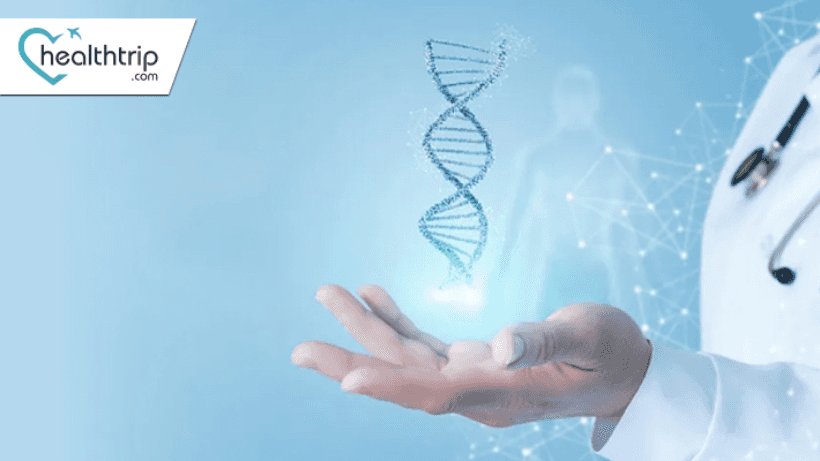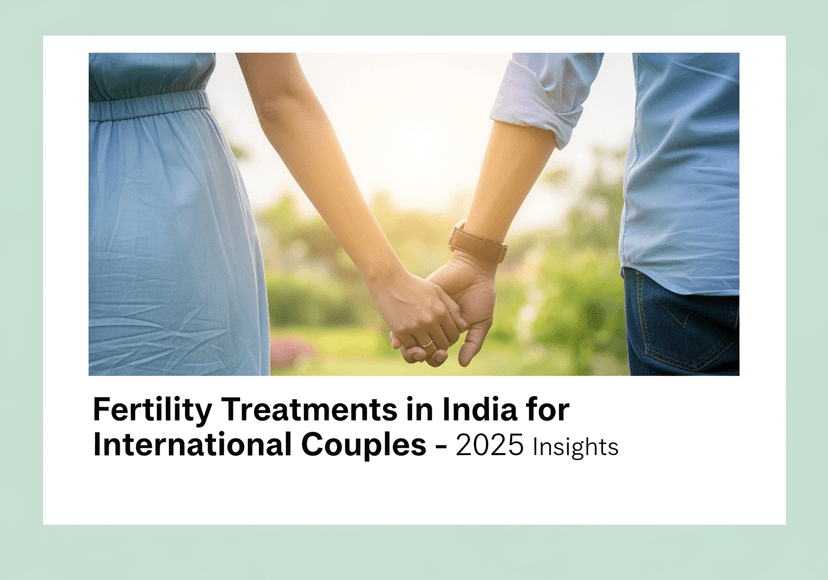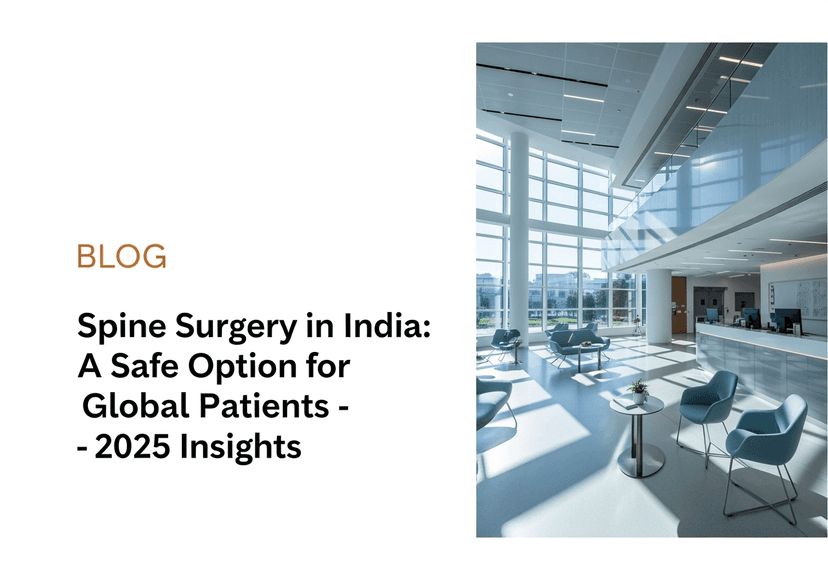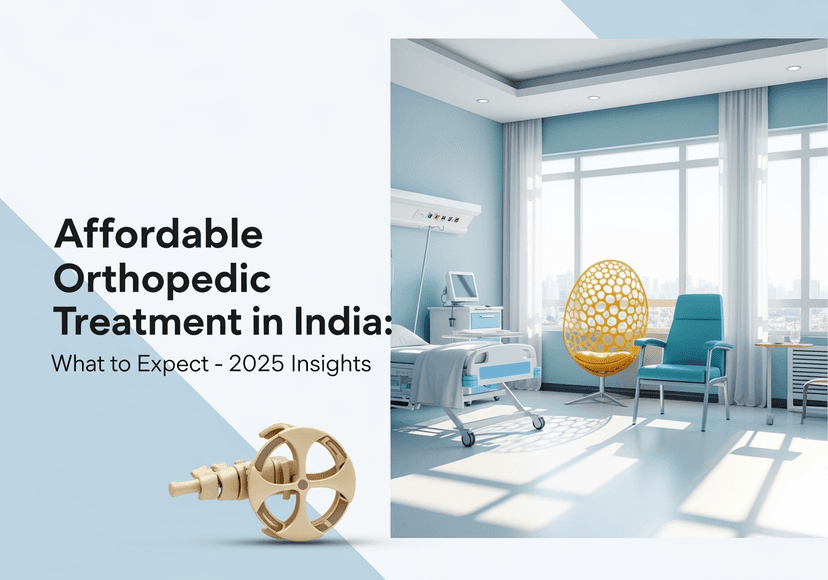
IVF with PGT: Your Guide to Informed Family Building
30 Sep, 2023
 Healthtrip
HealthtripIntroduction
The journey to parenthood is a deeply personal and often challenging one. For couples facing fertility issues or concerned about the possibility of passing on genetic disorders, advancements in reproductive medicine have opened up a world of possibilities. In vitro fertilization (IVF) with Pre-Implantation Genetic Testing (PGT) is one such breakthrough that offers new hope and opportunities for prospective parents. In this comprehensive guide, we will delve into the intricacies of IVF with PGT, exploring what it entails, its benefits, considerations, and ethical dimensions.
Section 1: Understanding IVF with PGT
1.1 What is IVF?
In vitro fertilization (IVF) is a fertility treatment that involves the fertilization of an egg with sperm outside the body in a laboratory setting. Once fertilization occurs, the resulting embryo(s) are carefully cultured for a few days before being transferred into the uterus for implantation.
Most popular procedures in India
1.2 What is PGT?
Pre-Implantation Genetic Testing (PGT), formerly known as Pre-Implantation Genetic Screening (PGS) and Pre-Implantation Genetic Diagnosis (PGD), is a technique used to examine the genetic composition of embryos created through IVF. PGT aims to identify genetic abnormalities, chromosomal disorders, and single-gene mutations before embryo implantation.
Section 2: The Process of IVF with PGT
2.1 Ovulation Induction
The IVF process typically begins with ovulation induction, where fertility medications are administered to stimulate the ovaries to produce multiple eggs.
Wellness Treatments
Give yourself the time to relax
Lowest Prices Guaranteed!

Lowest Prices Guaranteed!
2.2 Egg Retrieval
When the eggs are mature, they are retrieved through a minimally invasive procedure called follicular aspiration.
2.3 Fertilization
The retrieved eggs are then fertilized with sperm in the laboratory, either through conventional IVF or Intracytoplasmic Sperm Injection (ICSI).
2.4 Embryo Development
The fertilized eggs develop into embryos, which are monitored closely for several days.
2.5 PGT Biopsy
On the third to fifth day of development, a small sample of cells is removed from each embryo for genetic testing.
2.6 Genetic Analysis
The cells are analyzed to identify genetic abnormalities or chromosomal disorders, and the healthiest embryos are selected for transfer.
2.7 Embryo Transfer
The selected embryos are transferred into the uterus, with the hope that they will implant and develop into a healthy pregnancy.
Section 3: Benefits of IVF with PGT
3.1 Increased Pregnancy Success Rates
PGT allows for the selection of embryos with the highest likelihood of successful implantation and a reduced risk of miscarriage.
3.2 Reducing the Risk of Genetic Disorders
Couples at risk of passing on genetic diseases can greatly reduce the chances of having an affected child by using PGT to identify and select healthy embryos.
3.3 Reducing Multiple Pregnancy Risk
By selecting the most viable embryos for transfer, the risk of multiple pregnancies, which are associated with higher complications, can be minimized.
3.4 Peace of Mind
IVF with PGT provides prospective parents with a sense of control and confidence in the genetic health of their future child.
Section 4: Considerations and Ethical Dimensions
4.1 Ethical Considerations
- The potential for embryo selection raises ethical concerns about the concept of "designer babies" and the ethical boundaries of genetic manipulation.
- The decision to discard embryos with genetic abnormalities can be emotionally and ethically challenging.
4.2 Emotional and Psychological Impact
IVF with PGT can be emotionally taxing due to the intensive process, the potential for embryo loss, and the ethical dilemmas it presents.
4.3 Financial Considerations
The cost of IVF with PGT can be substantial, and insurance coverage varies, making it important for couples to plan and budget accordingly.
Section 5: The Future of IVF with PGT
5.1 Advancements in Genetic Testing
As technology evolves, PGT methods continue to improve, allowing for more accurate and comprehensive genetic analysis.
5.2 Ethical and Legal Frameworks
The ongoing discussion of the ethical and legal aspects of PGT will shape its future use and accessibility.
Section 7: Addressing Common Misconceptions and Concerns
As IVF with PGT becomes more widely discussed, various misconceptions and concerns often arise. It's important to address these issues to provide a more nuanced perspective:
7.1 Misconception: "PGT guarantees a healthy baby."
While PGT significantly reduces the risk of genetic disorders and chromosomal abnormalities, it doesn't guarantee a healthy pregnancy or child. Other factors, such as uterine health, maternal age, and environmental influences, can still impact pregnancy outcomes.
7.2 Misconception: "PGT is only for older couples."
PGT is not solely for older couples. It can benefit anyone with concerns about genetic conditions, including young couples with a family history of genetic diseases or recurrent miscarriages.
7.3 Concern: "The cost of IVF with PGT is prohibitive."
It's true that IVF with PGT can be expensive, but financial assistance programs and insurance coverage may help mitigate these costs. Couples should explore their options and discuss payment plans with fertility clinics.
7.4 Concern: "PGT may lead to the creation and destruction of embryos."
The process of PGT involves embryo biopsy, which can be ethically challenging for some. However, advancements in technology have reduced the need for multiple biopsies, and embryos that aren't transferred can be cryopreserved for future use or donated to other couples.
Section 8: The Role of Genetic Counseling
Genetic counseling plays a crucial role in the IVF with PGT process. Genetic counselors provide information, support, and guidance to couples throughout the journey. They help individuals understand their genetic risks, make informed decisions, and cope with the emotional aspects of the process. Additionally, they can assist in interpreting the results of PGT and facilitate discussions about the ethical and emotional dimensions of embryo selection.
Conclusion and Hope for the Future
In vitro fertilization with Pre-Implantation Genetic Testing is a complex yet promising path to parenthood. While it has its challenges and ethical considerations, its potential to enhance the lives of families and reduce the burden of genetic disorders is undeniable. With ongoing advancements in science, technology, and ethical discussions, the future holds the promise of making IVF with PGT even more effective, accessible, and ethically sound.
Read More Exploring IVF and the Use of Donor Sperm in Thailand (healthtrip.com)
Related Blogs

India’s Best Eye Hospitals for International Patients – 2025 Insights
Explore india’s best eye hospitals for international patients – 2025

Benefits of Combining Medical Treatment with Wellness Retreats – 2025 Insights
Explore benefits of combining medical treatment with wellness retreats –

Fertility Treatments in India for International Couples – 2025 Insights
Explore fertility treatments in india for international couples – 2025

How Nepalese Patients Can Access Advanced Healthcare in India – 2025 Insights
Explore how nepalese patients can access advanced healthcare in india

Spine Surgery in India: A Safe Option for Global Patients – 2025 Insights
Explore spine surgery in india: a safe option for global

Affordable Orthopedic Treatment in India: What to Expect – 2025 Insights
Explore affordable orthopedic treatment in india: what to expect –










